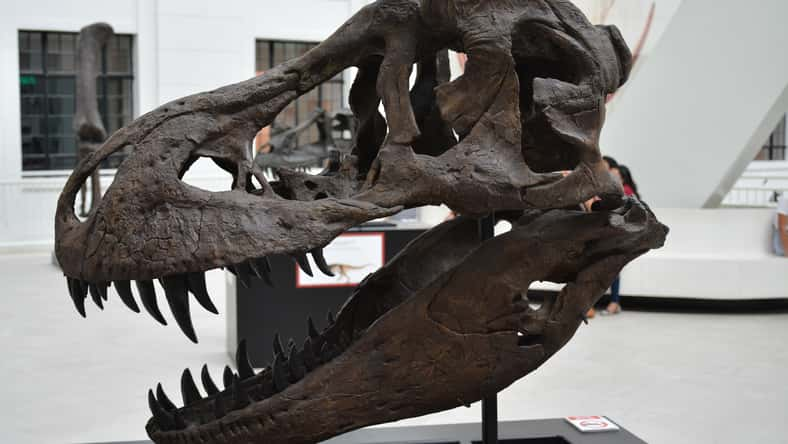
Archaeologists working near the German town of Schöningen in the 1990s found a set of well-preserved wooden spears crafted from spruce and pine. They also uncovered stone tools and the butchered remains of over 50 horses.
There are a total of nine complete spears, one lance, and other equipment like throwing sticks. The collection represents the only fully preserved set of wooden Paleolithic weapons.
At first, researchers thought the wooden spears were around 400,000 years old. Later, they tweaked their estimate to about 300,000 years old. They believed that the spears belonged to an early human ancestor called Homo heidelbergensis.
Now, researchers are once again amending the timeline of the spears. According to a new study, the spears are roughly 200,000 years old, which is much younger than previously thought. The new date suggests that the weapons belonged to Neanderthals rather than H. heidelbergensis.
Around that time, in the Middle Paleolithic period, Neanderthals were beginning to display more complex behaviors like making stone tools and practicing sophisticated hunting tactics. They were also starting to live longer, which meant they must’ve been benefiting from these advancements.
The horse remains discovered at the site are an example of this. It appeared that the hunters trapped the animals at the edge of a prehistoric lake. The spears are believed to have been made with meticulous care by skilled crafters.
“They offer compelling evidence of sophisticated hunting strategies which would have required better cognitive abilities and the development of more complex communication, planning, and social structures,” said Jarod Hutson, the lead author of the study and an archaeologist at Germany’s Leibniz Zentrum für Archäologie.
“The updated timeline for Schöningen now aligns it with a growing number of sites which together indicate a significant leap in early human hunting capabilities during this period.”
The researchers analyzed fossilized freshwater snail shells from the same layer of dirt as the spears to determine the new age.

Sign up for Chip Chick’s newsletter and get stories like this delivered to your inbox.
They focused on examining amino acids that were trapped in the shells. The researchers could use the amino acids to estimate the age of the fossils.
Overall, the findings significantly improve our understanding of Neanderthals’ intelligence and behavior. Their brain development and social structure may have been more advanced than previously assumed.
The Schöningen spears may represent the oldest complete collection of wooden spears in the world, but an even earlier spearhead fragment was uncovered in Clacton, England, suggesting that the ability to hunt with weapons came about long before the Neanderthals from Schöningen.
“The spear from Clacton is 400,000 years old, so it’s very possible that [humans] were hunting with spears 400,000 years ago,” said Hutson.
“It’s just this idea of cooperative hunting and the highly social behaviors that we see at Schöningen that maybe did not exist 400,000 years ago.”
The study was published in Science Advances.












